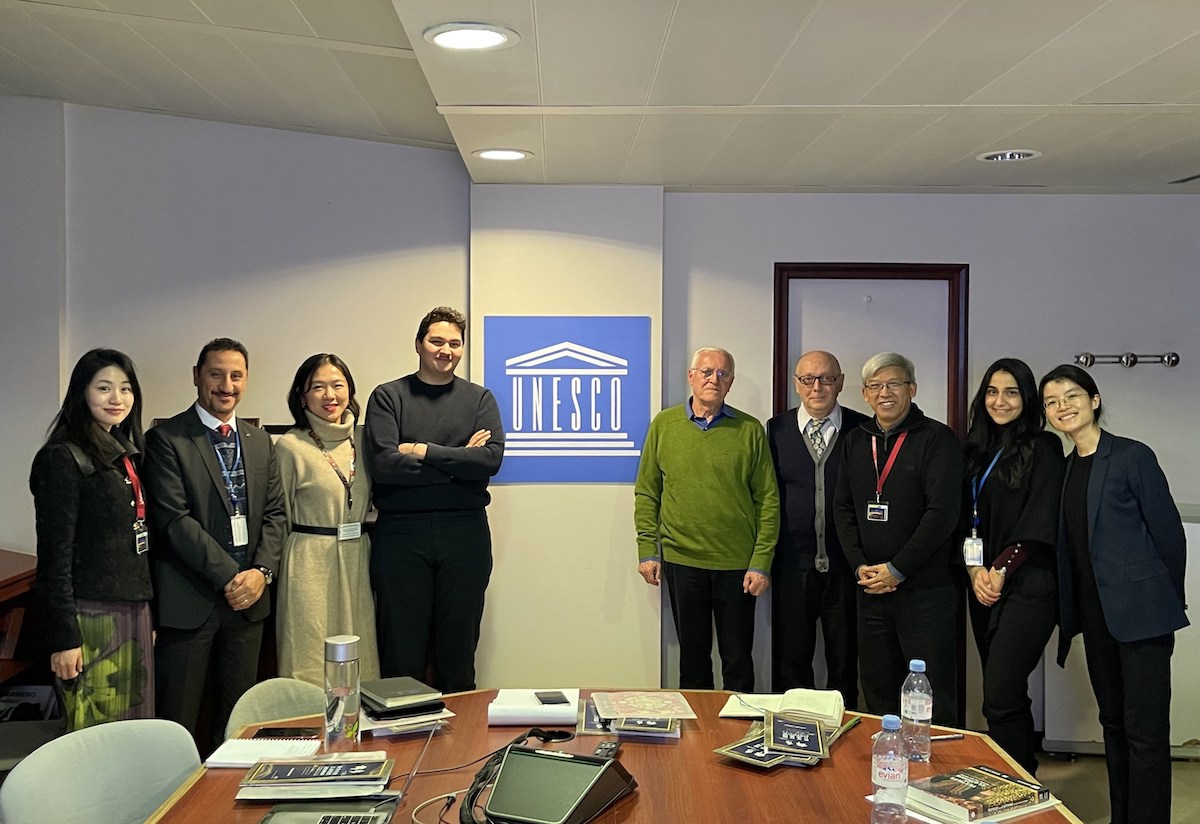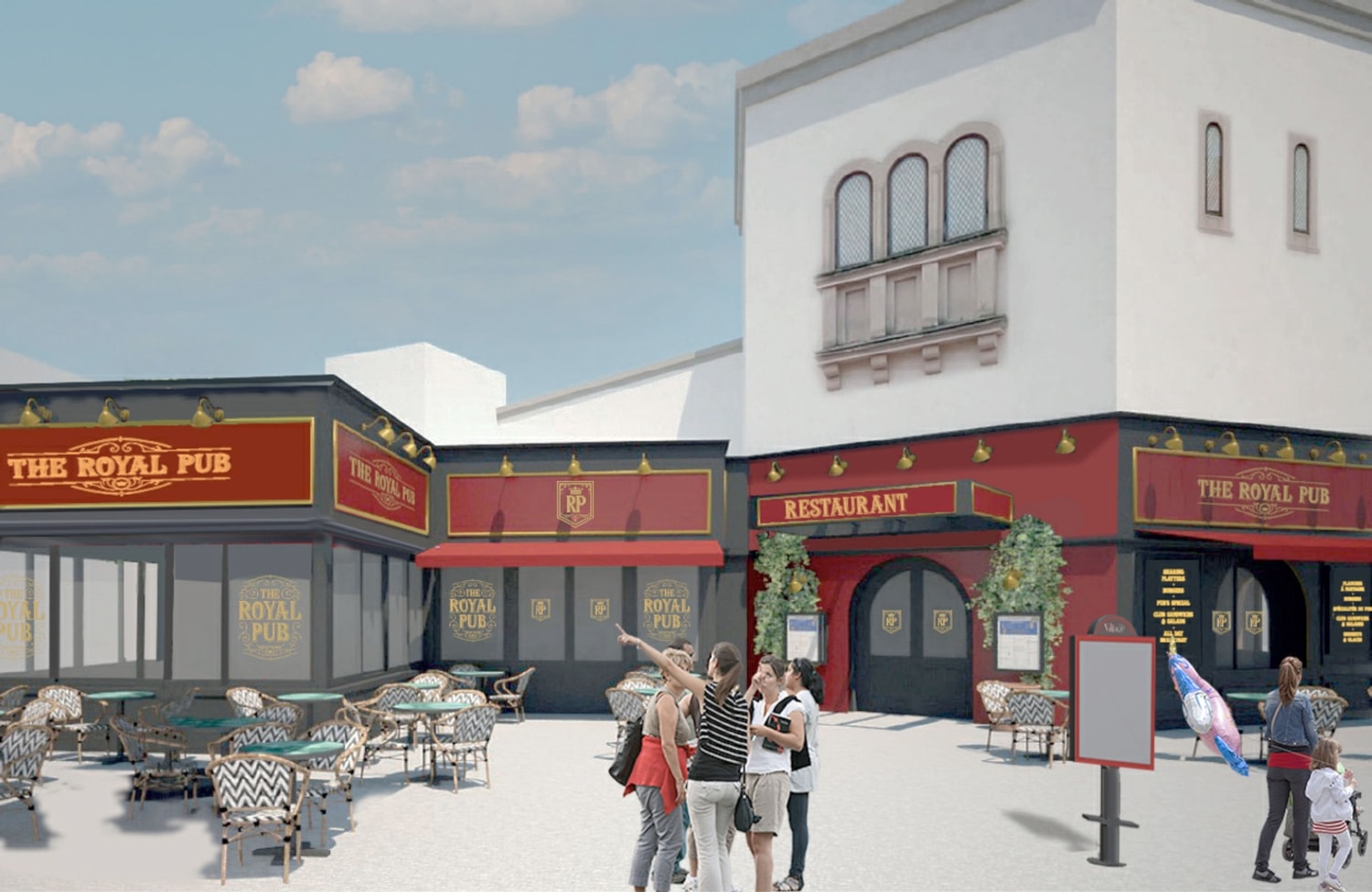
The presentation and consultation for the Jinshow World Silk Interactive Map project—a storehouse of data and a platform for showcasing the cultural legacy of silk—were held at the UNESCO offices in Paris on December 12, 2022. Experts from Paris and Lyon who have been researching the Silk Road and its historic textiles attended the presentation meeting, which was led by Mehrdad Shabahang, the UNESCO Silk Road Programme Specialist.
Dr. Feng Zhao, the project director, gave a brief overview of the project’s history and progression during the meeting. The idea for it came from an international expert meeting on the “Interactive Atlas of Silk Roads” joint project, which UNESCO hosted in Beijing in 2017. At the meeting, relevant experts from across the world jointly launched the Atlas, using the volume on textiles and clothing as a prototype project. Then, under Dr. Zhao’s direction, the Jinshow World Silk Interactive Map Project was designed and produced, with the joint map project serving as its initial subject.
The Jinshow Platform, developed by Zhejiang University and the China National Silk Museum, serves as the Map’s digital foundation. More than 20 international experts were in charge of gathering the data. After three years of work, the project team has amassed more than 12,830 pieces of world silk cultural heritage resources, which are presented in six different languages, including Chinese, English, French, Thai, Italian, and Uzbek. These resources are divided into seven categories, including artefacts, images, documents, techniques, sites, dyes, and fibres.



